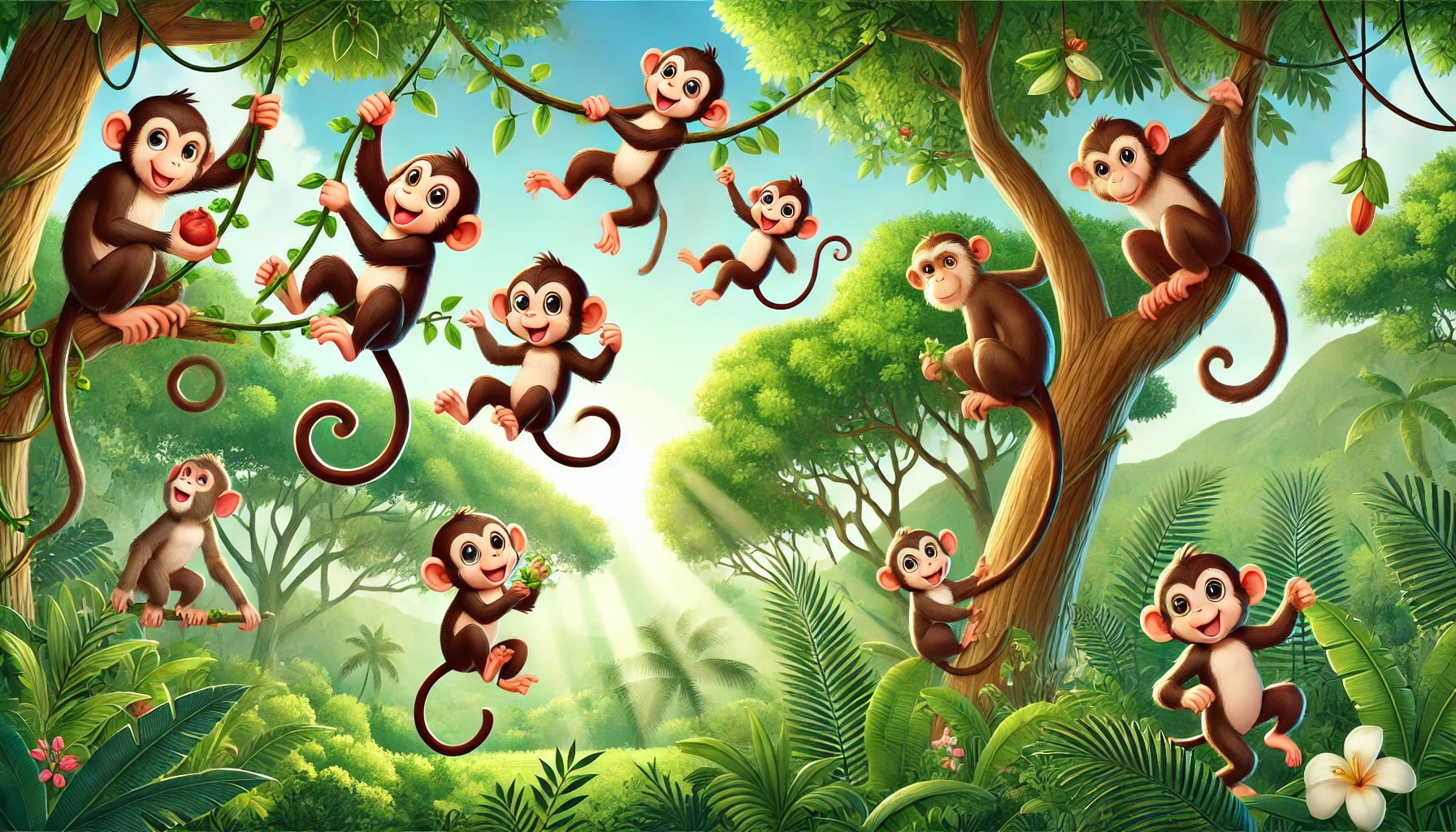Interesting Facts About Monkeys and Their Behavior
Interesting Facts About Monkeys and Their Behavior
Table of Contents:
- Introduction to Monkeys and Their Behavior
- The Different Species of Monkeys
- How Monkeys Communicate in the Wild
- The Role of Monkeys in Ecosystems and Biodiversity
- How to Care for Pet Monkeys
- Conclusion: Understanding the Unique World of Monkeys
Interesting Facts About Monkeys and Their Behavior
Monkeys are fascinating creatures that are known for their intelligence, agility, and complex social behaviors. Found in diverse environments ranging from tropical rainforests to savannas, monkeys play important roles in their ecosystems and have intrigued humans for centuries. In this article, we will explore interesting facts about monkeys, their behavior, and their importance in maintaining biodiversity.
1. The Different Species of Monkeys
There are over 260 species of monkeys in the world, broadly categorized into two groups: New World monkeys and Old World monkeys. New World monkeys are native to Central and South America and include species like capuchins, spider monkeys, and howler monkeys. These monkeys are characterized by their prehensile tails, which they use to grip branches as they move through trees. Old World monkeys, found in Africa and Asia, include species like baboons, macaques, and colobus monkeys. Unlike their New World counterparts, Old World monkeys typically have non-prehensile tails or no tails at all. Both groups of monkeys exhibit remarkable adaptations to their environments.
2. How Monkeys Communicate in the Wild
Monkeys are highly social animals, relying on complex communication systems to interact with each other. They use vocalizations, facial expressions, and body language to convey emotions, warn of danger, or assert dominance. For example, vervet monkeys have specific alarm calls for different predators, such as leopards or snakes, and the group responds accordingly to each call. Grooming is another important aspect of communication among monkeys, as it strengthens social bonds and establishes hierarchies within the group. This sophisticated social structure is essential for group survival and cohesion.
3. The Role of Monkeys in Ecosystems and Biodiversity
Monkeys play a crucial role in maintaining the balance of ecosystems. As seed dispersers, they contribute to forest regeneration by eating fruits and dispersing the seeds throughout their habitat. This process helps maintain plant diversity and promotes healthy forests, which in turn supports other wildlife. Additionally, monkeys are part of the food chain and serve as prey for larger predators such as big cats, birds of prey, and snakes. The presence of monkeys in an ecosystem is a key indicator of biodiversity and ecosystem health, and their role as both consumers and prey helps maintain balance in their habitats.
4. How to Care for Pet Monkeys
While monkeys can be fascinating animals, they require specialized care and are not suited for most households. Caring for monkeys as pets comes with significant challenges, including providing a highly stimulating environment, proper nutrition, and meeting their social needs. Monkeys are social animals that can become stressed or depressed if they lack companionship or mental stimulation. It is crucial to understand that monkeys require a level of care similar to that of a small child, and they can live for 20 to 40 years depending on the species. For those interested in owning a pet monkey, thorough research and commitment are essential to ensure the animal’s well-being.
5. Conclusion: Understanding the Unique World of Monkeys
In conclusion, monkeys are extraordinary animals with complex behaviors, communication methods, and critical roles in ecosystems. Their social intelligence, adaptability, and importance in maintaining biodiversity make them fascinating creatures to observe and study. Whether swinging through the trees of tropical forests or forming intricate social bonds, monkeys continue to captivate and inspire. Understanding more about their behavior and the role they play in nature can help promote the conservation of these remarkable animals and their habitats.

<ⓒ WizardMedics (wizardmedics.com)>


